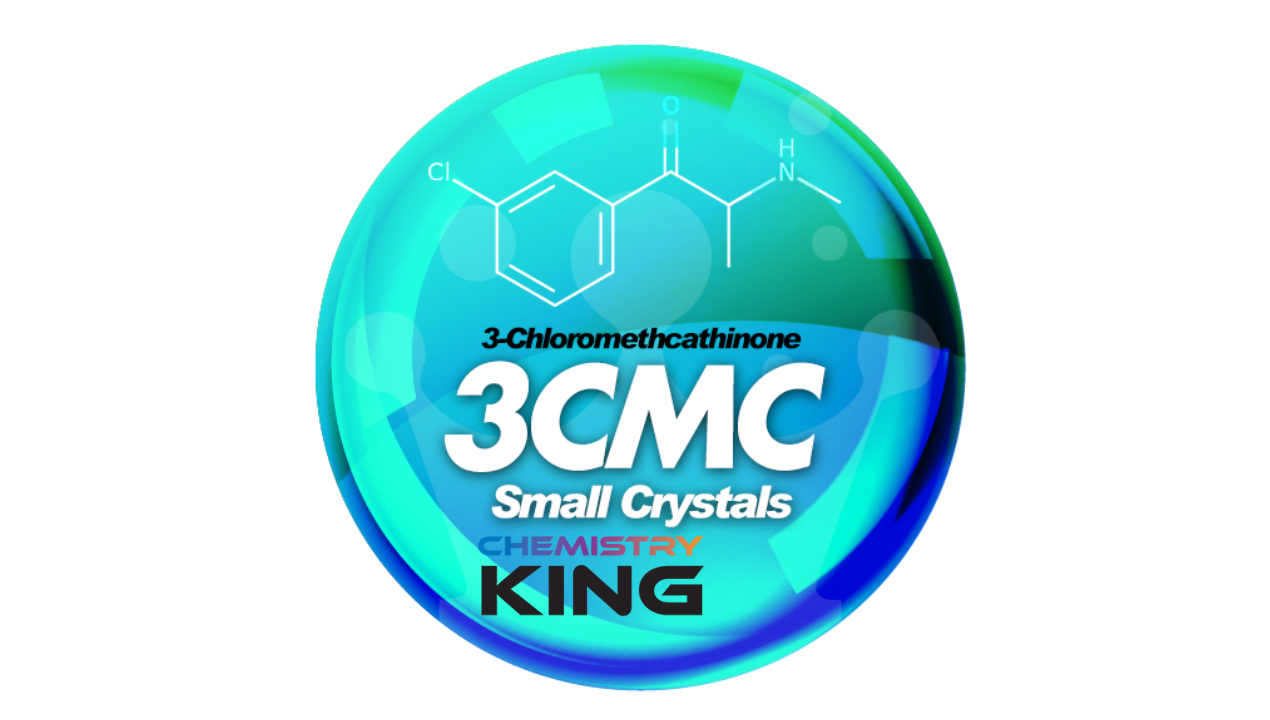Understanding 3CMC Withdrawal Symptoms: Insights from Chemistry King
Chemistry King, a leader in providing high-purity research chemicals, stresses the importance of safety and detailed knowledge when handling chemicals like 3CMC in research settings. Recognized for its stringent quality controls and commitment to research support, Chemistry King offers insights into the withdrawal symptoms of 3CMC, helping researchers prepare for and manage potential risks effectively.

What is 3CMC?
3CMC, or 3-Chloromethcathinone, is a synthetic stimulant belonging to the cathinone class, which includes other compounds that have been extensively studied for their stimulating effects on the central nervous system. At Chemistry King, 3CMC is sourced with utmost care, undergoing rigorous testing to ensure that it meets the highest standards of purity. This ensures that researchers are working with substances that provide reliable and consistent results in studies focused on understanding the pharmacological impacts of cathinones. Chemistry King’s commitment to providing high-quality chemicals like 3CMC helps facilitate vital research into new therapeutic avenues and the behavioral impacts of stimulants.
Recognizing 3CMC Withdrawal Symptoms
The withdrawal symptoms associated with 3CMC are crucial for researchers to understand, as they can significantly impact the safety and well-being of individuals involved in research studies. Symptoms can range from mild to severe, depending on the dosage and duration of use. Physically, individuals may experience fatigue, significant disruptions in sleep patterns, and an uncomfortable level of physical discomfort, including muscle aches and persistent headaches. Psychologically, the withdrawal from 3CMC can lead to increased levels of anxiety and paranoia, profound depression, and strong cravings to use the substance again. Recognizing these symptoms early can help in managing them more effectively and can guide the development of protocols to mitigate their impact in research settings.

We sell our products exclusively to customers aged 18 and over, strictly for research purposes only.

The Timeline of 3CMC Withdrawal
Understanding the timeline of withdrawal from 3CMC is essential for managing and planning research involving this substance. Symptoms typically begin within a few hours after cessation and peak during the first few days. This acute phase can be particularly challenging to manage due to the intensity of both physical and psychological symptoms. Following this, symptoms gradually decrease over the course of several weeks. Researchers at Chemistry King provide detailed guides on the expected phases of withdrawal, enabling better preparation and intervention strategies that can minimize the disruption to research activities and participant health.
Managing 3CMC Withdrawal Symptoms
Effective management of 3CMC withdrawal symptoms requires a comprehensive approach that includes medical, psychological, and supportive interventions. Chemistry King advises researchers to establish protocols that include monitoring symptoms, providing medical care where necessary, and supporting the psychological well-being of study participants. Implementing strategies such as maintaining a healthy diet, regular physical activity, and adequate sleep can also play a critical role in alleviating the physical symptoms of withdrawal. Moreover, establishing a support network that includes peers, healthcare professionals, and mental health experts can provide the necessary emotional and practical support needed during the withdrawal phase.
Implications for Research
The implications of understanding 3CMC withdrawal symptoms extend beyond individual studies, influencing broader research methodologies and safety protocols. By documenting and analyzing these symptoms, researchers can contribute to a deeper understanding of synthetic cathinones and their effects on human physiology and behavior. Chemistry King supports this aspect of research by facilitating discussions and collaborations within the scientific community, promoting a comprehensive approach to studying and reporting the effects of research chemicals.

Chemistry King’s commitment to supporting the research community with high-quality 3CMC is integral to advancing scientific understanding and ensuring the safety of research practices. By providing detailed information on withdrawal symptoms and effective management strategies, Chemistry King empowers researchers to conduct their studies responsibly and informatively, contributing to the broader knowledge base of synthetic stimulants and their impacts. Through diligent support and a dedication to quality, Chemistry King remains a valuable partner in the scientific exploration of psychoactive substances
FAQ and How We Can Help
Frequently Asked Questions answered here; don’t hesitate to ask more!
Individuals who have been exposed to 3CMC may experience withdrawal symptoms that include fatigue, sleep disturbances, physical discomfort like muscle aches and headaches, anxiety, depression, and cravings for the substance.
Chemistry King advises researchers to monitor participants for any signs of withdrawal and to implement supportive measures, including medical intervention when necessary. Encouraging a healthy lifestyle, providing psychological support, and maintaining a robust support network are also recommended to help manage symptoms effectively.
Yes, Chemistry King offers resources that detail the expected timeline of withdrawal symptoms from 3CMC, helping researchers plan and manage their studies accordingly. This includes information on the onset and duration of symptoms, which can vary depending on the extent and duration of 3CMC use.


